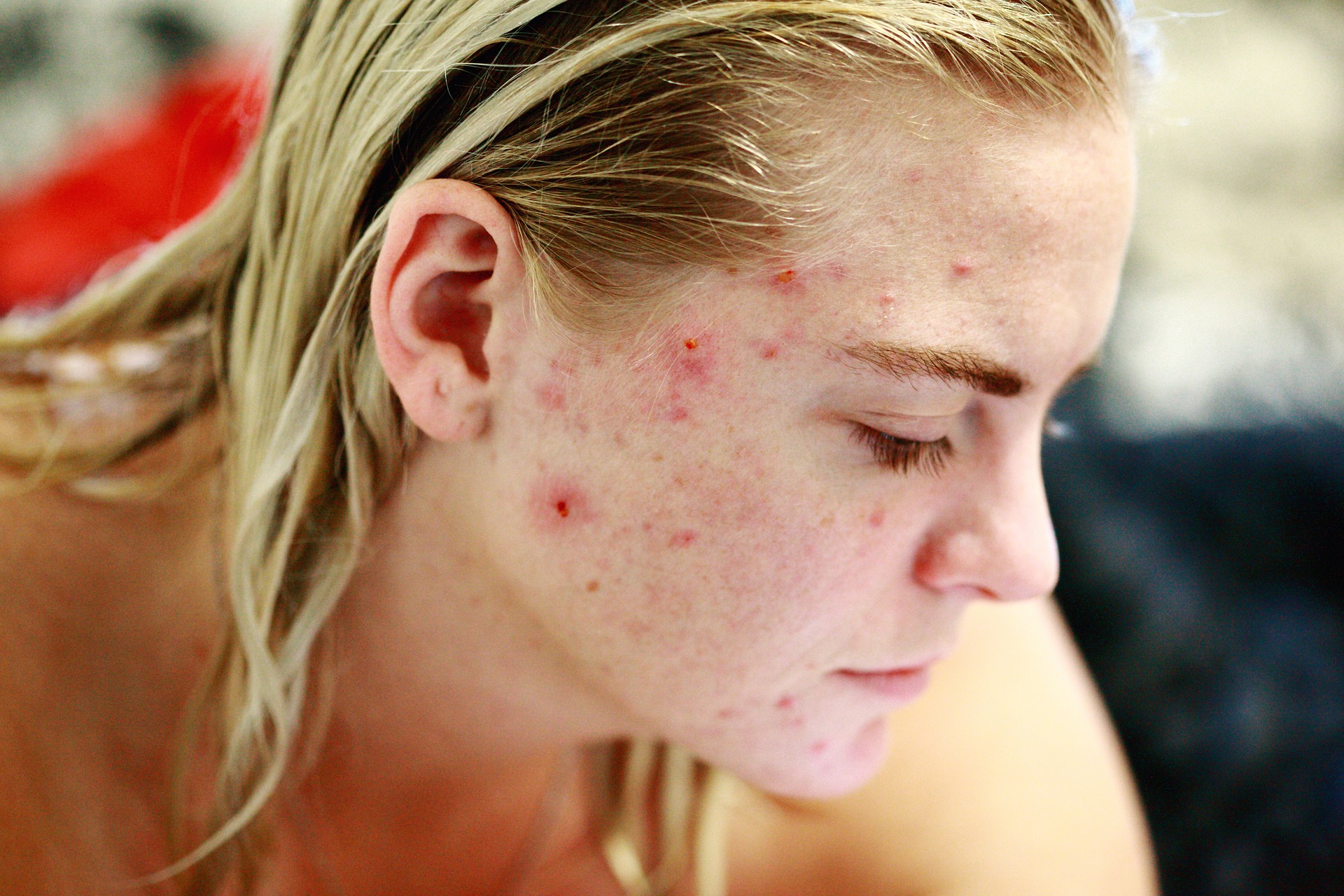 New Studies, New Hope
New Studies, New Hope
According to the American Academy of Dermatology, acne is the most common skin problem in the United States. About 40 to 50 million Americans have acne at a given time. “And if the teenage years weren’t difficult enough, 90% of adolescents struggle as well,” says Dr. Ted Lain, chief medical office and board-certified dermatologist at Sanova Dermatology in Austin, Texas. While many acne sufferers were convinced that certain foods caused flare-ups, they were told differently due to faulty research studies performed decades ago. But a new research study released last week is shifting views of the relationship between food and acne, finally allowing sufferers to say, “I told you so!”
Acne, Explained
When pores in the skin become blocked by oil, bacteria, dirt, or dead skin cells, a bump is formed on the surface of the skin. Almost everyone has encountered a single pimple or “zit” in their lifetime, but when the inflammation becomes a chronic skin condition, it is referred to as acne. For many decades, acne sufferers have been told that there is no link between diet and acne flare-ups, primarily due to weak studies from the 1960s. In these studies, participants were either given a sugary chocolate bar or a sugary, non-chocolate bar. Results showed no difference in acne between the two groups, causing the potential link between diet and acne to be debunked for decades to follow. Recently, dietitians and dermatologists revisited the early twentieth-century philosophy which connected diet to acne, validating suspicions of many sufferers.
The Western Diet and How It Relates to Acne
High in: Saturated fats, high-glycemic carbohydrates, dairy, processed meats, excess salts
Low in: Fruits, vegetables, whole grains, low-glycemic carbohydrates
“The American Academy of Dermatology reports that small studies have shown a radical reduction in acne for most participants utilizing a low-glycemic diet, Dr. Lain states. Foods high in processed carbohydrates and sugars cause blood sugar to spike, leading to inflammation in the body. Spikes in blood sugar also lead to greater production of an oily substance in the skin called sebum. Inflammation plus excess sebum can lead to acne. Even unassuming beverages such as milk and sports drinks were found to be independently associated with current acne.
Don’t Ditch the Dermatologist
While this new evidence is ground-breaking, a healthy diet should be used in addition to medical therapy. Acne is a multifactorial condition that may require medication, particularly for the management of scars. A consultation with a dermatologist can provide you with the best treatment plan for your skin. The compassionate team at Sanova Dermatology can help you with your skincare needs and offer an unparalleled quality of care. Click here to book an appointment!
